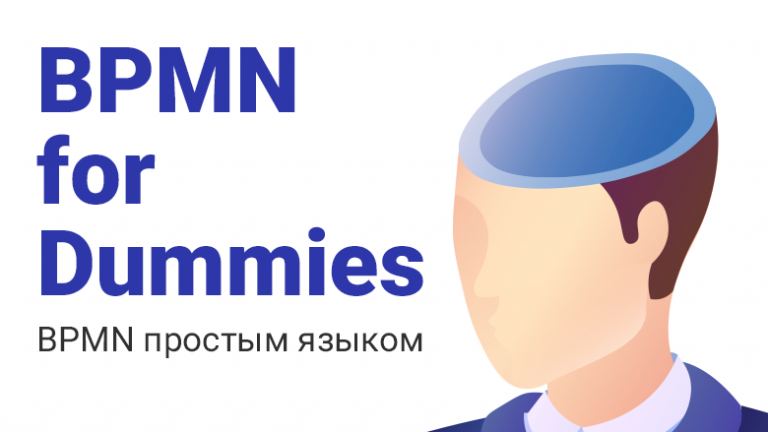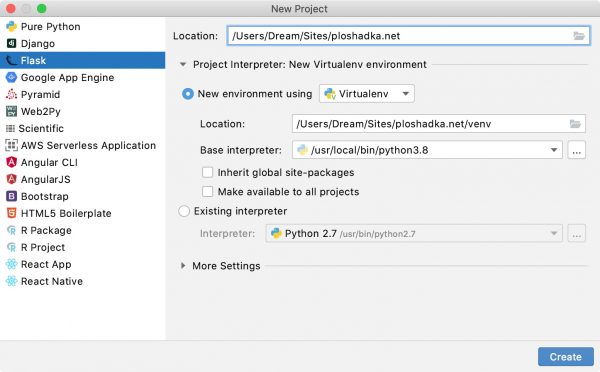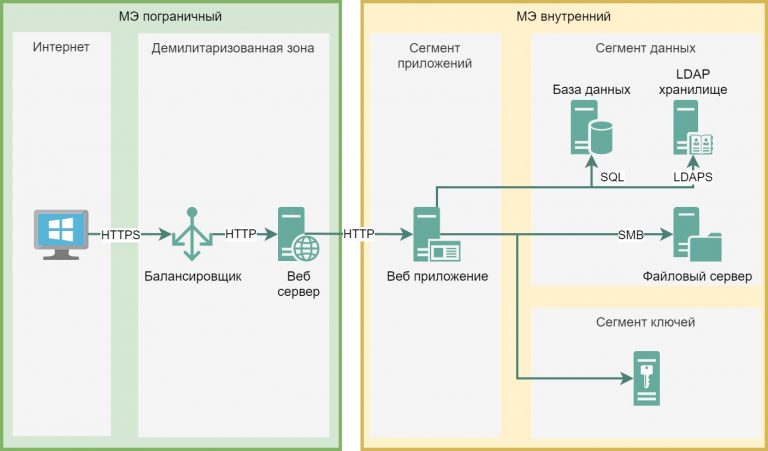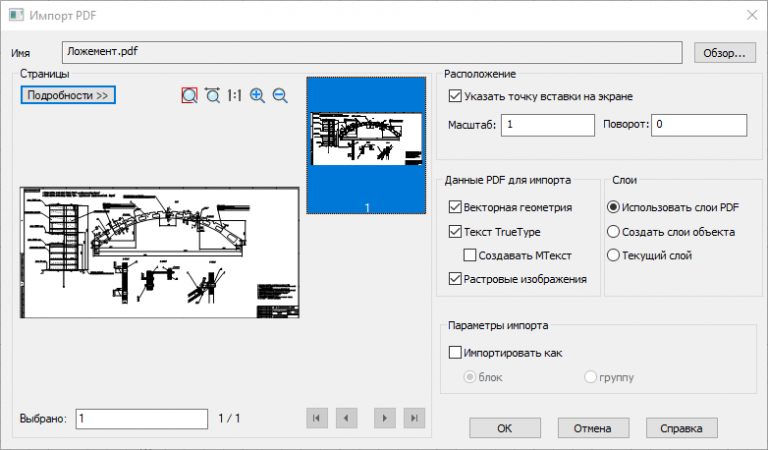The problem of software criticism. More precisely, its absence
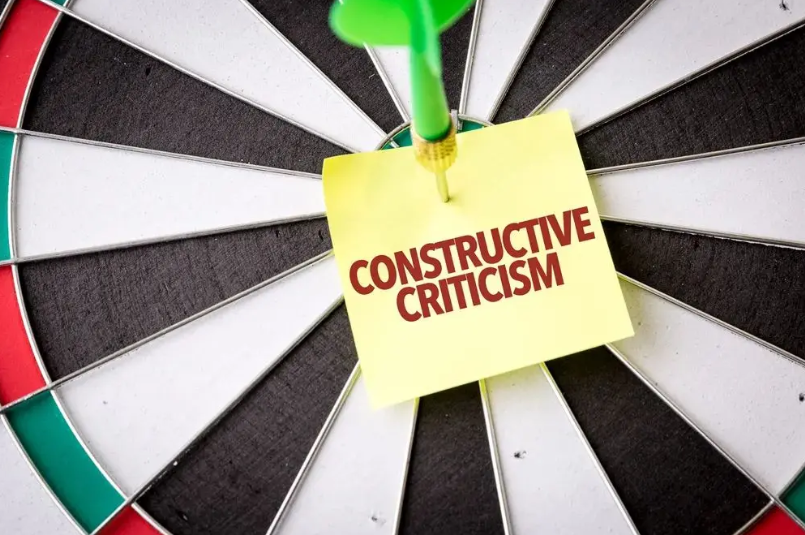
“Criticism may not be acceptable, but it is necessary. It performs the same function as pain in the human body. She draws attention to the unhealthy state of things.”
Winston Churchill
Absolutely everything deserves adequate constructive criticism so that it gets better. This also applies to software. Perhaps it is software that is the defining value of our time. So why is there no culture of critical analysis around software?
❯ Haight, review and criticism
Don’t confuse criticism with hate. If someone says about something: “This sucks” – then this is a hatred. If someone says, “This sucks, here’s why, and here’s how to fix it” – then this is already criticism, and it comes from the desire to change the object of criticism for the better.
Today, modern tech journalism looks like this: news reports, gadget reviews, company and founder profiles, opinion pieces, investigative journalism, industry digests, personal blogs, tech forum comments, and GitHub releases. This catalog is not complete, but nevertheless, there is a curious gap here: there is no criticism in which the software would be analyzed.
In media such as film, theatre, television and music, quality criticism is both expected and encouraged. People turn to critics for advice on what to see, what to listen to, where to go and why. With regards to software, such a culture has not yet developed. Of course, there are websites with user reviews and testimonials, but the main question they ask about software is: “Does it work?”but not “Should it be?”. When looking for and buying software, it is reviews and testimonials that are common sources of information. But reviews should not be decisive when choosing a new software solution.

Reviews are not always true. Let’s start with the fact that the customer/user is not always right, and reviews only show one side of the story. In addition, the motivation behind the recall is not always clear. It may come from genuine delight. But it can also come from mercantile motives. For example, review sites have a serious problem with companies buying positive reviews. That is, buying fake positive reviews is a common practice. For this, the client receives a discount on the next purchase, a gift or free postage, etc. for leaving a review. Companies with big budgets can spend money creating a lot of fake testimonials. They may also allow you to buy a review from a famous blogger.
All this hypocritical activity serves to draw increased attention to a big-budget brand. More customers are attracted to products that receive extensive coverage and reviews. After all, the more reviews, theoretically, the greater the reliability. This widens the gap between large enterprises and their smaller competitors. Instead of completely trusting corporate review sites, you need to look for a balance of positives and negatives.
❯ Artifact of modernity
There is nothing new in technological criticism. Modern technological criticism goes back to
and his contemporaries. Today there are such modern technical critics as
,
And
. But criticizing software is not the same as criticizing technology. If the 18th and 19th centuries saw the rise of fiction and the 1920s were reserved for jazz music, then software is the defining artifact of our time. So where are the software critics?

There are tons of movie reviews on YouTube right now. There are so many of them now that there are more reviews than the films themselves. Various SPGS, comparisons and analogies, compilations, trash reviews and much more. They are filmed by amateur enthusiasts, without a specialized education in the field of cinema. And they sometimes understand films as well as professional film critics. The same can be said about reviews of books, cars or architecture. Of course, there are also software reviews, but they are usually about how this or that program works, how to troubleshoot and all sorts of life hacks.
Why hasn’t a culture of software criticism emerged? The simple explanation is that the form is still young. Books, poetry and architecture have been around for millennia. Cars and movies have been around for over a hundred years. However, modern software is only a few decades old. In addition, the form is not theorized enough – not from an engineering, but from a humanitarian point of view. If we were to compare this to buildings, it would be as if there was a tradition of civil engineering without architectural theory. Which is more difficult: building a building or developing software? Difficult question. Software development can be as complex as building a building. In fact, the vocabulary of software engineering has many parallels with architecture. For example, those who make decisions in high-level software design are called software architects. Many concepts are also general. Let’s take the difference between implementing an interface in software. Similarly, all elevators have the same interface—pressing the elevator call button, waiting for the elevator, opening doors, pressing the floor button, and so on—but their implementations—hydraulic, geared, without machine room—are different.
Another obvious reason why software critics have not emerged is that there is little in common between the humanities and engineers. And given how lucrative the profession of software engineer can be, there isn’t much incentive to become a software critic. But a software critic can identify key software problems and establish a rational solution. Good criticism can make users love the software they hated and hate the software they loved.

So, if movies, cars, and buildings deserve criticism because of their complexity or unique design, shouldn’t modern software also qualify as an object of criticism? Covering all levels of abstraction, from low-level networking protocols to memory optimization, product features, and user interface elements, the Chrome browser is certainly no less complex than Tesla. And many users aestheticize the Linux kernel in the same way that watch collectors aestheticize Rolex.
❯ Purpose of criticism
What does software criticism look like? A crude mixture of a product review in the form of literary criticism? In the most basic form, yes. But it’s much more than that. The critic analyzes the subject from several points of view: technical, historical and philosophical.
Instead of being abstract, let’s take Google Docs as an example. The software critic might start with some necessary cultural history of writing, then provide some technical history with an explanation of how the technology operational transformation (OT) Google Docs has paved the way for real-time collaboration tools in other areas such as Figma for design or Colab for programming. And how research conflict-free replicated data type (CRDT) may make this mode of operation the default collaboration mode in the future. And what does this mean culturally and sociologically.
What should not be criticism of software. Without “watery” reasoning, without grading systems (on a 10-point scale, etc.). This is also not the place for affiliate links. No coin-driven ad campaign or thinly disguised PR. A software critic can range anywhere from technological enthusiasm to optimism/skepticism/pessimism, but must avoid extremes, which means that he must navigate deftly between the Scylla of technical utopianism and the Charybdis of Luddism in order to enlighten a wide readership.
And, of course, do not forget about the exciting prose! No text generated by the language model and no graphomania. Without super-disinfected – and therefore sterilized – technical prose, because it’s still not README.

So, who can be a software critic? It would be a cliche to say that everyone criticizes, but a lot of cool developers do not have the appropriate diploma. Technical knowledge is important, but technical literacy is also required. Software critics need to be able to imagine how to criticize server frameworks and operating systems that do not have visual elements.
How to cause a personality disorder? Constant criticism and lack of love.”
Faina Ranevskaya
It is common knowledge that great books and the ideas drawn from them help us to understand the society in which we live better than our own daily life experiences. But the same can be said about technology. It is quite possible that we cannot come to a full understanding of our time without certain programs. Therefore, it is vital to critically understand software products that we spend more time on each day than studying, exercising or taking care of loved ones.
There is a certain social – and one might say moral – function of criticism that applies to software criticism as well. This is a “service profession”, pursuing moral and practical goals. The intellectual exchange between inventors, consumers and critics has enriched the ecology of all art forms. And one of the most noble roles of criticism is to single out promising “artists” or those who live unjustly in obscurity. In the same way that an influential critic can draw attention to an art-house film or a collection of self-published essays, a software critic can draw attention to maverick programmers who do not benefit from Big Tech press releases.
By studying their work, we may be able to recognize the open source developers without whose tireless work our infrastructure would collapse. For talented indie developers who create well-designed apps but are at the mercy of the App Store to be recognized.

